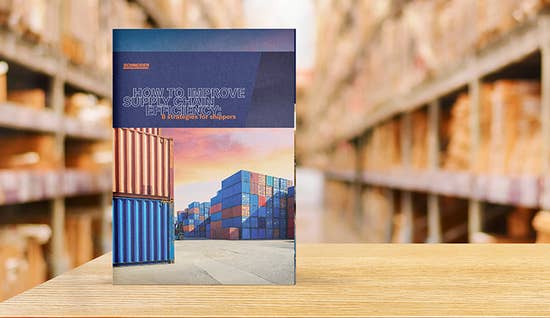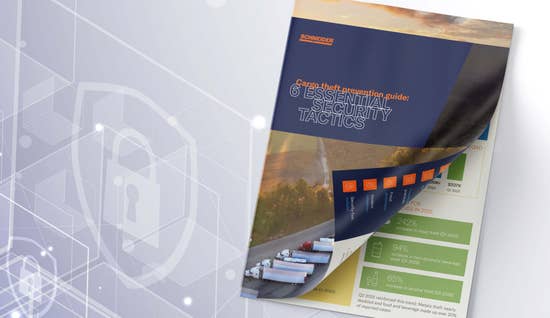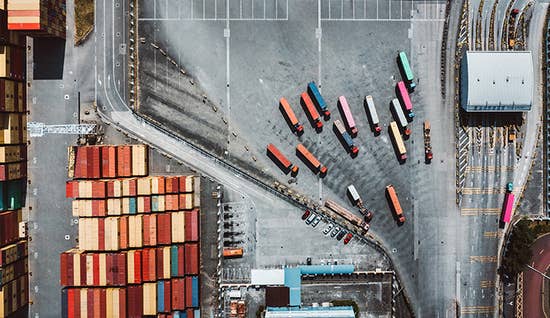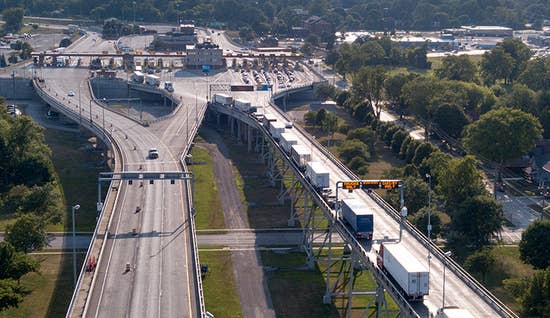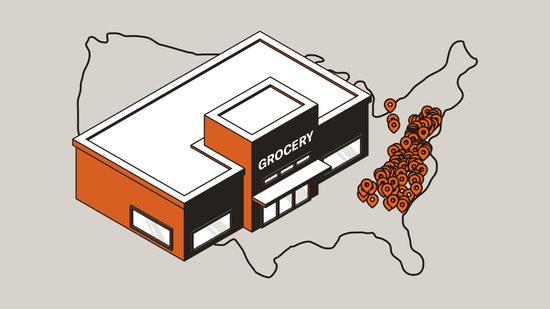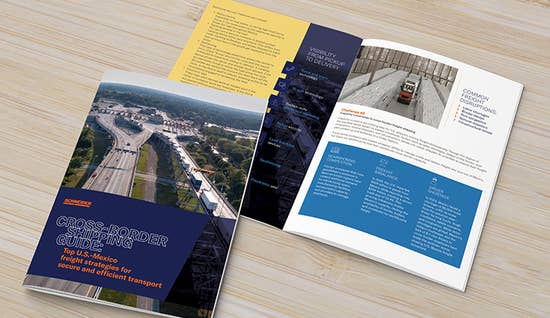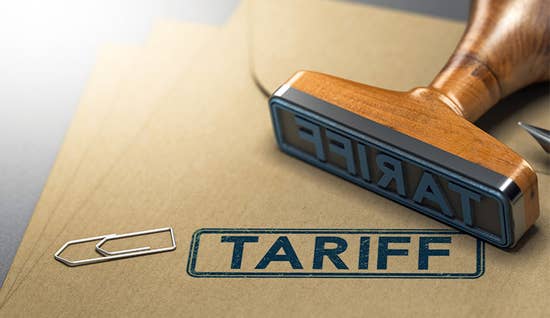Schneider supply chain resources
ShipperBest practices
How to improve supply chain efficiency: 8 strategies for shippers
The benefits of an optimized supply chain are in reach. Discover how to improve supply chain efficiency with proven success stories – Download your guide today!
ShipperCase study
Fast Track your freight with Schneider
Schneider Fast Track offers trusted Intermodal lanes with fast, consistent transit backed by Schneider’s asset-based network of professional drivers.
ShipperBest practices
Guide to reduce supply chain costs and withstand dynamic markets
Unlock industry-leading strategies to reduce supply chain costs and boost efficiency. See how other businesses achieved cost savings.
ShipperBest practices
Cargo theft prevention guide: 6 essential security tactics
Protect your freight with these multi-layered cargo theft prevention strategies. Learn how to secure your supply chain, reduce risks and safeguard valuable goods.
ShipperBlog
How supply chain efficiency drives competitive advantage
Discover how supply chain efficiency reduces costs, boost resilience and achieves competitive advantage amid market disruptions.
ShipperBlog
Breaking down supply chain costs for agile operations
Mastering supply chain costs is vital in dynamic markets. Discover key cost drivers and expert tips to effectively optimize operations and manage expenses.
ShipperBlog
The growing threat of cargo theft
Cargo theft is on the rise, posing a major challenge for shippers. Explore need-to-know cargo theft statistics and trends to uncover where your freight is most vulnerable.
ShipperMarket updates
How to mitigate supply chain risk in volatile freight markets
The freight market is shifting, bringing new challenges to supply chains. Explore the key factors driving market instability and get four actionable strategies to build resilience.
ShipperBlog
What is cross-border shipping? Your expansion roadmap
Looking to grow beyond borders? Discover how cross-border shipping can unlock new markets, cut costs and boost resilience — all while navigating the challenges of U.S.-Mexico freight transport.
ShipperCase study
Global grocery chain drives efficiency and cost savings with customized refrigerated transportation
Schneider collaborated with a grocer on its highly specialized delivery needs to provide expert dedicated refrigerated transportation services.
ShipperCase study
Food manufacturer streamlines supply chain with cross-border intermodal diversification
Intermodal diversification and collaborative planning improves the supply chain and enables truck-like transportation services.
ShipperMarket updates
NMFC changes: Key insights and how to prepare
Updates to the NMFC codes took effect in 2025 and reshaped the LTL shipping landscape. Find 4 strategies to avoid shipment delays and unnecessary costs.
ShipperBest practices
Cross-border shipping guide: Top U.S.-Mexico freight strategies
Navigate cross-border challenges, enhance security and help ensure an efficient and seamless cross-border shipping strategy with this guide.
ShipperMarket updates
Rising truck fleet insurance rates: Key factors & solutions
Rising truck fleet insurance rates are making it harder for some trucking fleets to manage costs and operations. This article explains why fleet insurance costs are rising and shares tips to lower expenses.
ShipperMarket updates
Navigating disruption: How to prepare for tariffs
In the face of recently announced tariffs, companies across North America are adopting various strategies to safeguard their supply chains.
ShipperMarket updates
Trucking operational costs remain top industry issue
For the second year in a row, concerns about the nation’s economy rose to the top of the American Transportation Research Institute's
ShipperCase study
Manufacturer identifies opportunities for efficiency through collaborative supply chain assessment
Looking for flexible capacity solutions and efficiencies, a global manufacturer of HVAC equipment implemented a strategy to improve its less-than-truckload program.
ShipperMarket updates
What shippers need to know to succeed in Mexico in 2025 – and beyond
There is one thing we can be sure about in supply chain – disruption is constant. Over the past few years, shippers and carriers have faced challenges with safely, securely and efficiently moving their cross-border freight.
Drive your business forward
Sign up to receive our industry leading newsletter with case studies and insights you can put to use for your business.













